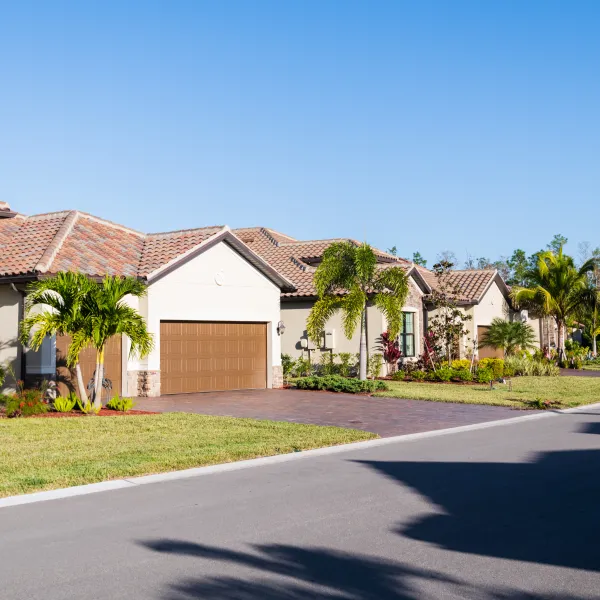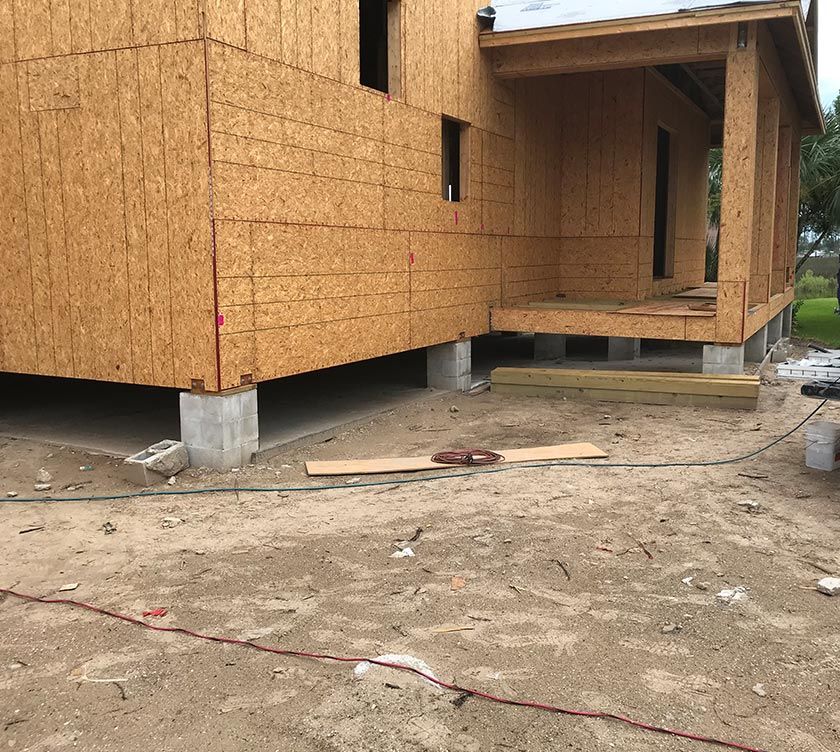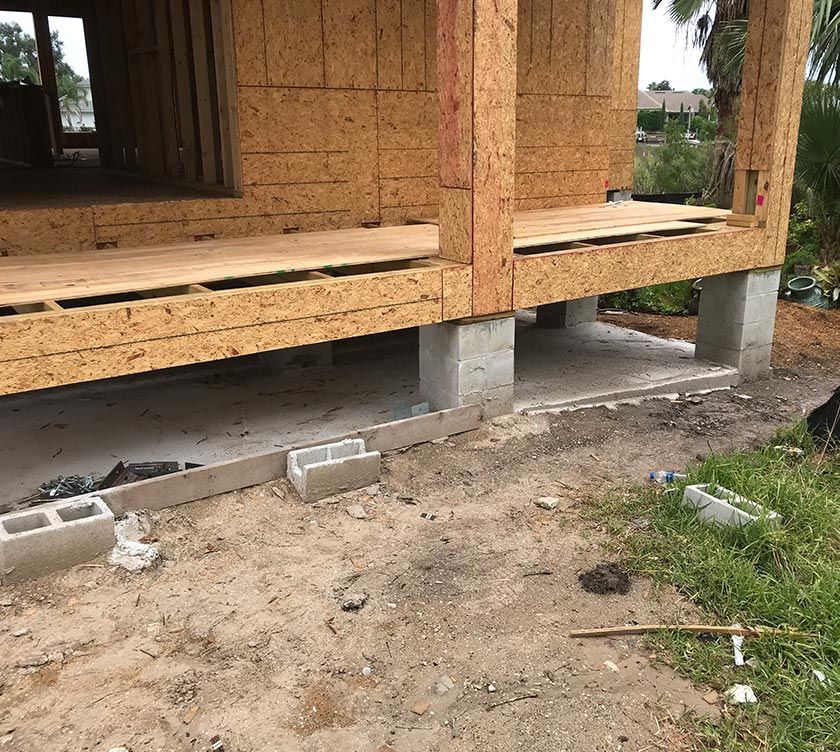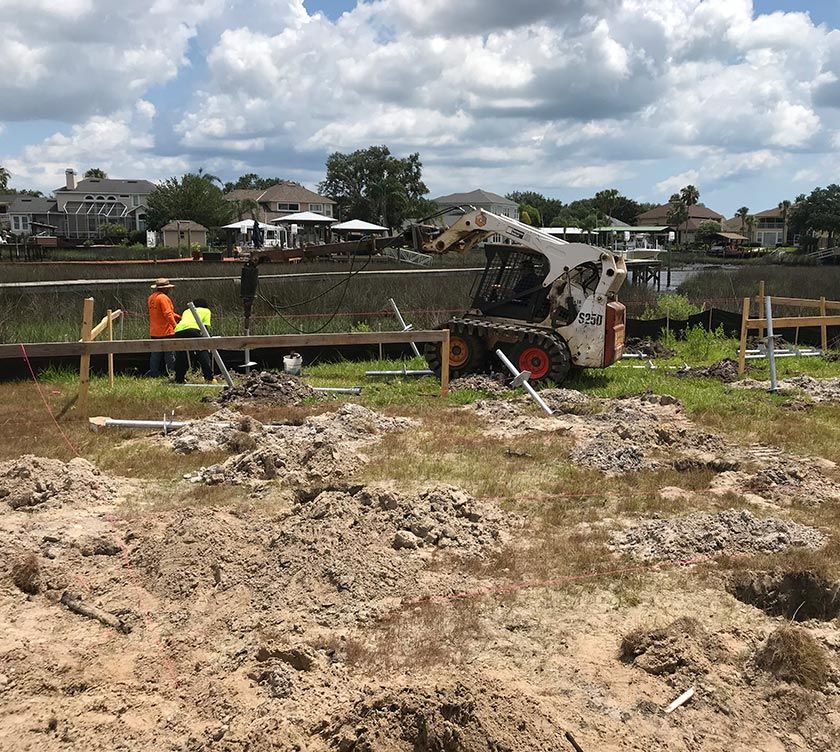
Case Study
Jewel Homes, Jacksonville, FL
Situation
A flooded home in Jacksonville, FL, was razed because of extensive damage. Meantime, local government rezoned the lot because extreme weather had revealed it to be more flood-prone than initially assumed. The rezoning required a building elevation three feet higher than the previous structure. Engineers working with Alexander Grace Consulting specified pier columns elevating the house would need to be connected with a shallow concrete grade beam to withstand lateral stress. Cantsink helical piers were installed below ground to stabilize the new elevated design.
Scope of Work
Complicating the installation further, geotechnical reports showed very inconsistent soils and a potential dense layer 38-55 feet below grade. Site conditions required that installation had to be accomplished without any disturbance of nearby marshland, with a potential penalty of $10,000 for violation. This made installation of Cantsink helical piers the ideal solution because they avoided the need for heavy machinery that could have encroached on the marshland. Cantsink helical piers are installed with a skid steer, which is less expensive to mobilize and easier to maneuver on the site. The Foundation Firm's engineer recommended using a 2 7/8" pipe shaft galvanized with an 8/10/12-inch triple helix, which had to be carefully maneuvered through a layer of organics. Finally, work had to be coordinated with tidal flows, which intermittently interfered with visibility and work requirements in the pre-dug footings.
Anchor System
The Cantsink crew installed 51 helical piers with a total footage of 2,252 feet at an average depth of 44.16 feet. The galvanized construction will prevent corrosion in the wet environment.
Results
Unlike auger cast piles - impractical for the site because of the site constraints and heavy organics - Cantsink's patented helical piers provided a perfect solution to tight working conditions and soil-related challenges. Using helical piers helped the contractor stay on schedule with maximum installation efficiency because they avoid the need for curing time. Cantsink crews also carefully coordinated their work schedule with weather forecasts for tidal ebb and flow to maximize installation accuracy and productivity. The installation was completed without any marshland disturbance. With the frequency of extreme weather increasing and flood zone boundaries expanding in coastal and other water-adjacent areas, the effectiveness of Cantsink helical piers is proving to be a cost-saving foundation stability solution for the home elevation these areas require.


